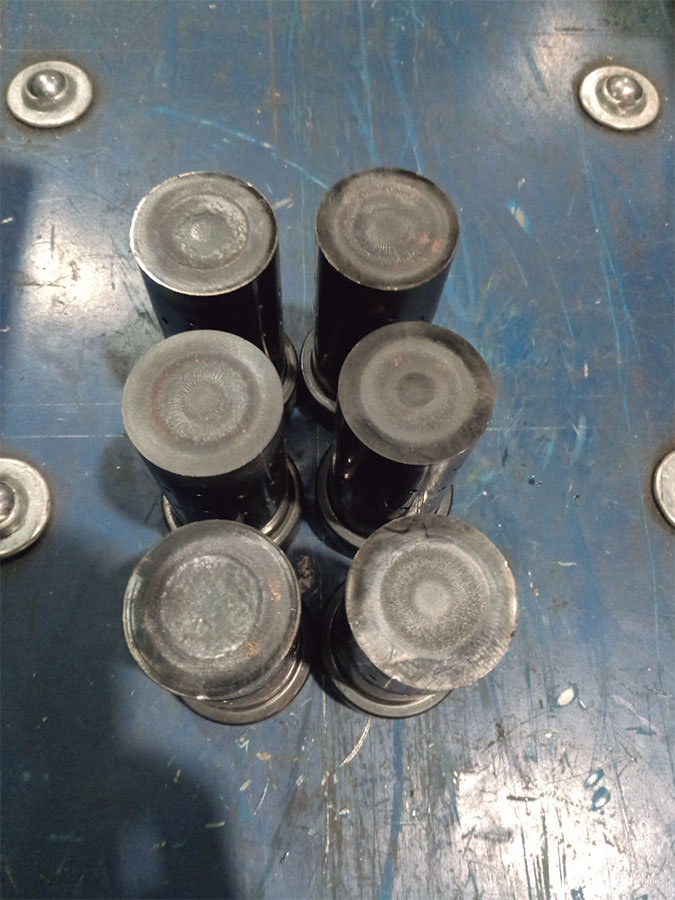REPTOOL
RECOVERY OF HOT FORGING TOOLS
HOT FORMING TOOLING WEAR OUT WITH USE AND GENERATE A LARGE VOLUME OF SCRAP, resulting in high economic and environmental costs for companies. Hardfacing by traditional welding techniques is not very effective on new generations of high-strength steels currently used by the industry for the manufacture of forming tools. However, fusion hardfacing or hard surfacing techniques based on powder and wire deposition using non-conventional technologies, such as electron beam and laser, are nowadays a real alternative to recover forming tools.
ESTAMCAL, a company of the Satuerca Group specialised in producing special parts basically for the automotive sector, has led REPTOOL, a project where TEKNIKER Technology Centre has also collaborated.

DRIVING FACTOR


 OBJECTIVES
OBJECTIVES
- Study the technical and economic feasibility of the recovery process of metal tools and tooling used in hot forging manufacturing processes of automotive parts, by means of laser hardsurfacing and hardfacing processes.
- Recover hot forming tools used by ESTAMCAL in its own production process, such as ejectors and inserts.
 RESULTS
RESULTS
- The most suitable processing parameters were obtained for repairing or reinforcing inserts (either on the active side or the reverse side) and ejectors.
- Successful recovery of ejectors by hardfacing of hot work tool steels.
- Repair of inserts with a slightly inferior performance to that of a new insert. The abraded surface of the insert has been machined, and a laser hardsurfacing process has been applied to the reverse side.
- Impossibility to accurately determine the final behaviour of the repaired/reinforced tools, since the results obtained after testing these tools in a real-life manufacturing process have been very inconsistent.
 CONCLUSIONS
CONCLUSIONS
- One of REPTOOL’s next steps is optimising the insert reloading process to obtain a service life of recovered tools comparable to that of new tools.
- Preheating is also proposed as an alternative to reduce the possibility of micro-cracks, as well as a further distension treatment to minimise residual stress.
- A large number of inserts and ejectors need to be hardfaced in order to have more information and determine more accurately the degree of durability and improvement of the recovered tools. This is expected to contribute to complete economic and environmental feasibility studies.
- The tests must include punches, i.e., tools that are subject to heavy wear and tear and require material to be added to maintain part volume. The aim is to reduce costs by refurbishing these elements and extend their life by minimising added material in the machine.
ENVIRONMENTAL
TECHNICAL
ECONOMIC
COMMERCIAL
ON THE MARKET


